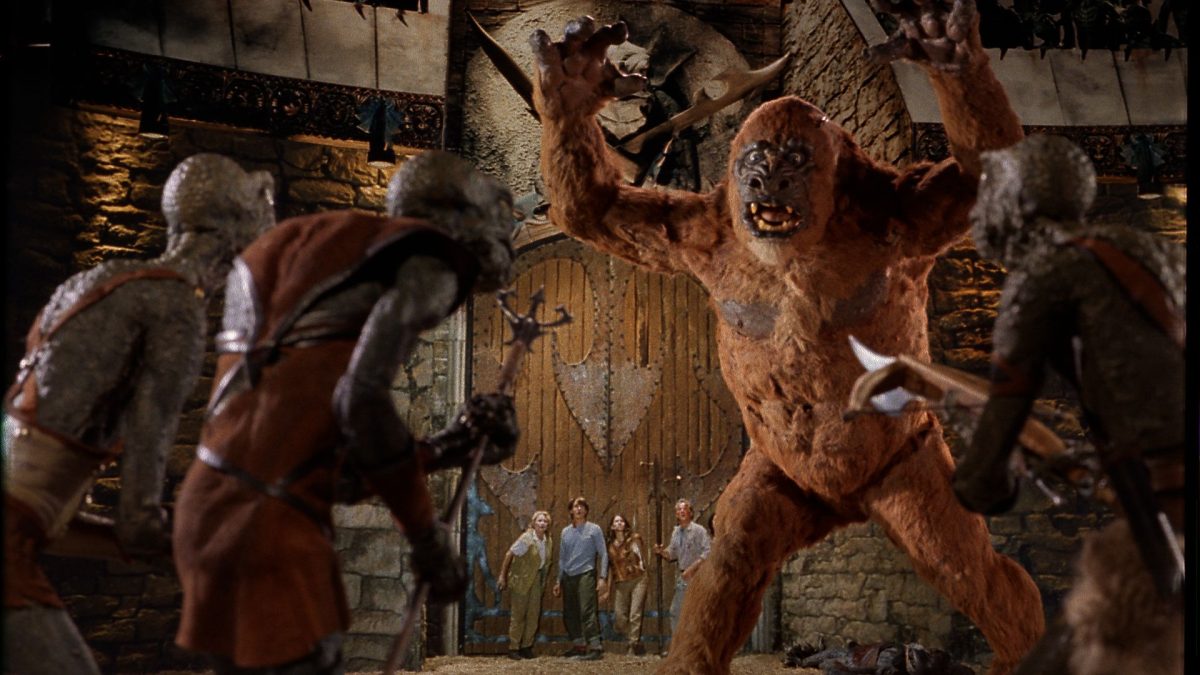Following footprints
Discerning the truth from legend
November 4, 2021

What keeps you awake at night? Do you dream of the boatman who will ferry you to Hades? Do you fear the wrath of God when the day of Final Judgement calls? What nightmares and monsters fill your brain?
Native American tribes have long told stories of creatures inhabiting their lands: the Wendigo, a supernatural cannibal; the Thunderbird, a bird of prey the size of a house with control of the weather; the Skinwalkers, shapeshifters who assume the form whatever hide they drape themselves with; and of course, the ever-so-popular Sasquatch.
In the pantheon of cryptids, werebeasts and unfortunate hoaxes, we cannot deny that within every myth lies a hint of truth.
The earliest written record of the Sasquatch traces back to January of 1811, when David Thompson, a British surveyor, explorer and cartographer, came across a set of footprints, described to be larger than a grizzly’s, in his journey along the Athabasca River. The origin of this legend, however, reaches back much further than his account.
Sasquatch are humanoid beasts about seven or nine feet tall. They possess incredible strength, capable of tipping trees or killing with a single blow, and are dangerously territorial.
Native Americans, such as the Cheyenne, Sioux or Lummi, generally view the Sasquatch as a protector of its land. For every Wenatchee or Lake Band story of the creature luring away children for companionship or kidnapping outcasts and wrongdoers to punish them, there is a story of a Sasquatch healing and protecting a lost traveler or wounded warrior.
In most cases, Sasquatch won’t bother humans if humans don’t bother them. Despite various accounts of attacks and deaths, the creatures are revered as spiritual partners with the Native Americans. Some tribes even consider them an equal or cousin species.
In modern media- films and television- there are two portrayals of the Sasquatch: friendly and peaceful giants who befriend families and protect the forest, or angry and carnivorous monsters who slaughter trespassers.
What is so difficult to believe about these creatures anyway? Is it their height, their strength, their large footprints, or the stories we know? To be clear, the Sasquatch I believe exists does not necessarily fit the popularized description.
Zoologically speaking, the Sasquatch and other associated creatures- the Yeti, Yowies, or the Skunk-Ape- are closely related to apes or bears. The remnants of supposed Sasquatch or Yeti attacks or killings are identical to what’s left behind after a cougar or pack of wolves have had their fill. Gorillas, orangutans, grizzlies and polar bears are among the most powerful terrestrial predators on the planet. To even suggest the Sasquatch is similar to these animals speaks volumes to its capabilities.
If these creatures are capable of scaling mountains, tipping trees, tearing livestock and humans to shreds, why shouldn’t they stand over six feet tall and have giant limbs? It only makes sense for them to have so much muscle mass.
Maybe I’m kidding myself and there is no such thing as a Sasquatch. In a world where species can be thought extinct and rediscovered decades later, holy men are trained to survive hours in below zero temperatures, birds are able to align their neurons with the magnetosphere and little pistol shrimp can generate shockwaves, a seven-foot behemoth is called “unlikely.”
For centuries, all the world believed the kraken to be a fisherman’s tale and nothing more. They thought it was impossible for a creature to be capable of swallowing fleets of ships and ripping the largest of whales to shreds. In the present day, we know this beast of legend as the giant squid, a species known for their size and tendency to attack and even kill adult sperm whales, the largest of cetaceans.
Some creatures are for sure nothing more than hoaxes, and some may forever be left in question, but I believe there is more to this world than the matter we see and feel every day. I believe in demons, in angels, in ghosts, and yes, I believe in Bigfoot.


























































































